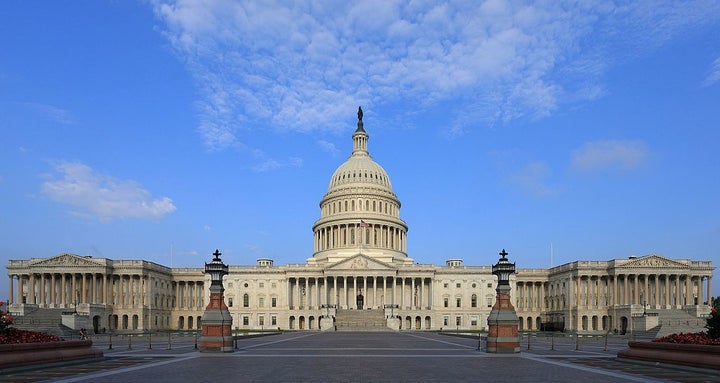Recently, the House of Representatives passed legislation that would limit monetary damages for pain-and-suffering in medical malpractice lawsuits. While it’s unlikely that this bill will ever become law, unfortunately, it reflects a larger, misguided political movement to put caps on the noneconomic, or “pain and suffering” damages of tort litigation. Tort litigation refers to civil cases in which a plaintiff sues for damages stemming from a loss or injury that is the result of negligent behavior. Think of a drug that causes severe side effects that weren’t on the warning label or a major train derailment that is the result of careless operating or failure to implement readily available technology capable of preventing such an accident. In these cases, victims are entitled to financial support to cover their injuries, the loss of any future earnings, and to compensate them for their pain and suffering.
Instituting arbitrary caps on damages is not only cruel, it’s impractical and short-sighted. No two cases are the same, and using a single cap to account for them all is simply impossible. Just like criminal cases, we shouldn’t allow politicians to decide what’s fair – victims deserve the right to have a jury of their peers hear the evidence and decide. But more importantly, proponents of so-called “tort reform” fail to understand – or choose to ignore – the essential role tort damages play in positively shaping corporate behavior. Without the threat of uncapped damages, companies have proven over and over again that they will prioritize their bottom line above the well-being of everyone else.

We know that caps are random, based on the input of insurance companies and corporations, and don’t sufficiently consider the unique elements of any given case. There are countless factors that need to be assessed when evaluating pain and suffering. Take, for example, a young man with a promising career, who is rendered paralyzed due to a catastrophic train derailment. What amount of money is appropriate to compensate for his past and future physical pain and suffering? These are, admittedly, difficult questions about which two reasonable people can disagree. But, the solution is not to establish a single, rigid cap for all victims that fails to consider varying degrees of tragedy.
A more fair approach is to allow a jury of one’s peers to fully consider the facts and make a determination. Our jury system is the best in the world and more often than not gets it right. In fact, a Department of Justice survey found that the median medical malpractice award in jury-decided cases was $400,000. In bench trials, where the judge also serves as the jury, the median award was $631,000, showing that juries are not easily manipulated, and more than capable of discerning fact from conjecture.[1]
We also know that caps don’t weed out frivolous cases, as some claim. Instead, they punish victims with worthy cases. I would be the first to admit that not every case brought by every lawyer in the country is meritorious. Yet we shouldn’t limit actual victims’ access to justice just because there are a few that would seek to game the system. In fact, the idea of fraudulent cases overwhelming the legal system is fiction. A 2016 American Journal of Health Economics study of Texas and Florida found that patient safety was strongly correlated with the amount of malpractice suits filed against hospitals.[2] In other words, improving our healthcare system and poorly performing hospitals would be a better way to reduce malpractice suits than restricting the rights of victims.
Most importantly, the threat of uncapped damages is a critical check for corporate America, leading them to focus on safety and the wellbeing of consumers to a greater degree. To put it frankly, money is what these companies care about. It is only the threat of financial loss that incentivizes them to invest in processes and protocols to limit preventable tragedies. It would be a mistake to allow politicians and lobbyists at the behest of these corporations to determine what they are willing to pay.
